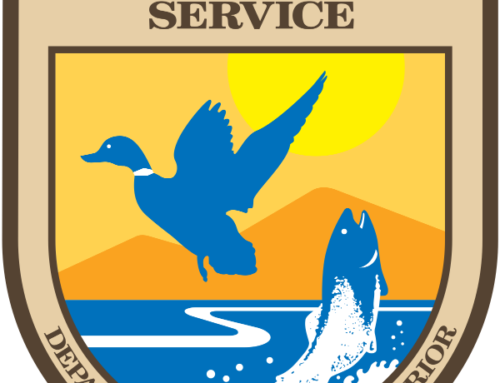ConserveAZ winter 2022 magazine. Arizona’s conservation district news. READ HERE
USDA Offers Expanded Conservation Program Opportunities to Support Climate-Smart Agriculture in 2022
Apply by February 18, 2022 for funding consideration in this ranking cycle
PHOENIX, Arizona – January 12, 2022 – USDA’s Natural Resources Conservation Service in Arizona is accepting applications for the Conservation Incentive Contracts component of its Environmental Quality Incentives Program through February 18, 2022.
Arizona was one of the four states that piloted this new component and focused those resources on building watershed health and wildfire resiliency on forest lands in 2021. NRCS in Arizona will continue to focus EQIP-CIC funding on preventative measures for forest fires such as thinning, prescribed burns and fuel breaks. There will also be a new requirement for projects to address wildlife management.
Forest lands statewide may apply, however projects located in the identified areas will be prioritized. READ MORE
Trail Cameras in the west.
Ethics course required before gathering shed antlers in Utah
Looking for the shed antlers is a fun activity that your whole family can enjoy. However, late winter and early spring is a tough time of year for deer, elk and moose, which is why the educational ethics course is required if you want to go “shed hunting” between Feb. 1 and April 15.
“During winter, big game animals, especially deer, often have a difficult time finding food,” DWR Law Enforcement Capt. Chad Bettridge said. “If you spook an animal and cause it to run, the animal has to use up fat reserves and energy that it needs to make it through the winter.” READ MORE
Through Working Lands for Wildlife (WLFW),
USDA uses a win-win approach to systematically target conservation efforts to improve agricultural and forest productivity which enhance wildlife habitat on working landscapes. Target species are used as barometers for success because their habitat needs are representative of healthy, functioning ecosystems where conservation efforts benefit a much broader suite of species.
Through the Farm Bill, NRCS provides technical and financial assistance to participants who voluntarily make improvements to their working lands while the US Fish and Wildlife Service (FWS) provides participants with regulatory predictability for the Endangered Species Act (ESA). This innovative approach empowers landowners with a means to make on-the-ground improvements and provides peace of mind that no matter the legal status of a species, they can keep their working lands working. READ MORE
Shrinkflation reduces size of popular consumer products
As inflation reaches a 39-year high and pushes businesses to grapple with higher operating costs, the practice is becoming more commonplace. It’s not your imagination… READ MORE
Articles on behalf of AZSFWC email updates





